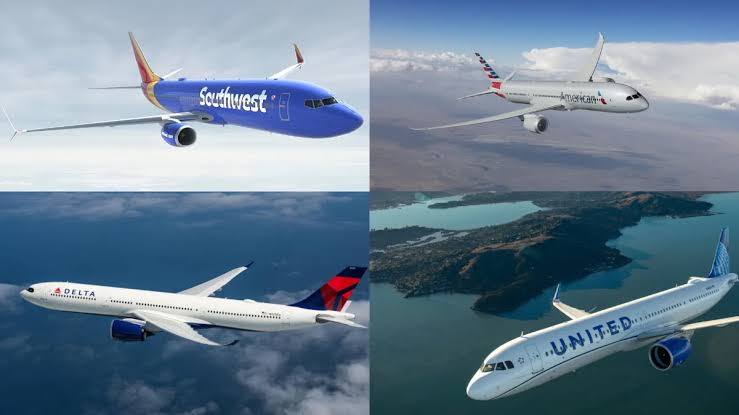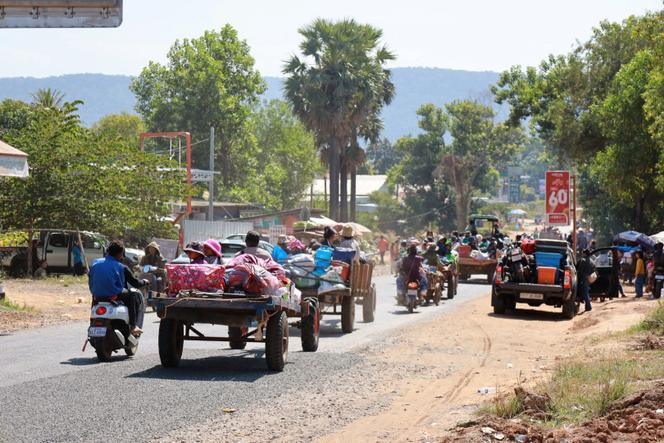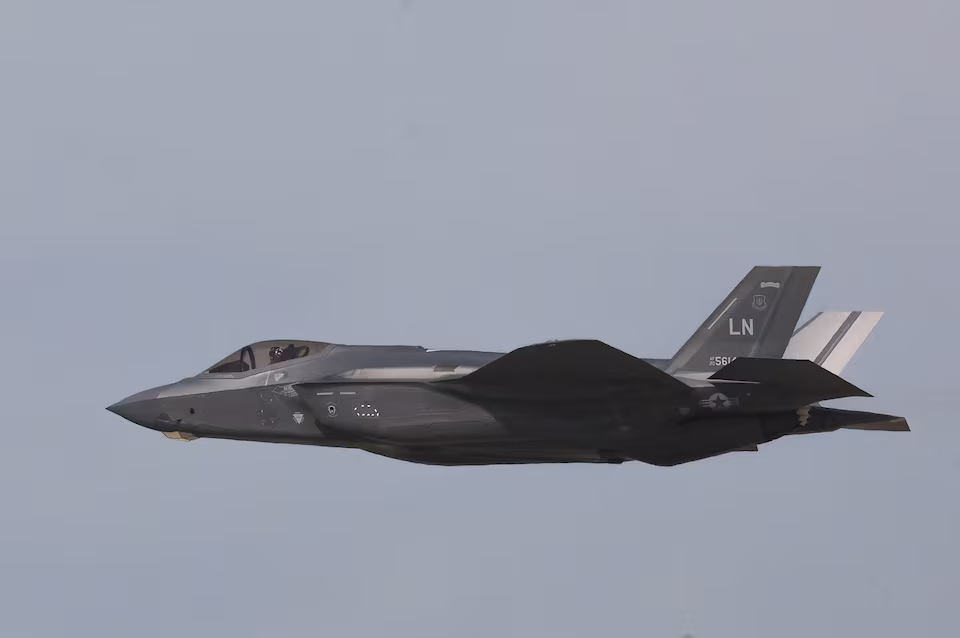The U.S. airline system entered a sharper bend in the road on Sunday, as more than 8,000 flights were delayed across the country amid staffing shortages in air traffic control and the 26-day federal government shutdown.
According to the Federal Aviation Administration (FAA), control-tower staffing issues were noted at 22 separate locations on Saturday. The flight-tracking service FlightAware reported over 8,000 U.S. flights delayed by 11 p.m. Eastern Time on Sunday — a sharp rise from the roughly 5,300 delays on Saturday.
Major carriers felt the impact. At Southwest Airlines, about 45% of its Sunday schedule—approximately 2,000 flights—were delayed. American Airlines had nearly one-third of its flights (around 1,200) delayed, while United Airlines logged 739 delays (24%) and Delta Air Lines saw 610 (17%).
Underlying the chaos is a workforce walking a tightrope: about 13,000 air-traffic controllers and some 50,000 Transportation Security Administration (TSA) officers are still required to work despite not being paid due to the shutdown. The FAA is also operating with a long-standing shortfall of roughly 3,500 controllers, many of whom were already on mandatory overtime even before the shutdown’s onset.
The stakes are rising. The FAA issued ground-delay programs at major hubs including Chicago O’Hare, Newark Liberty, and Washington Reagan National because of staffing constraints. Transportation Secretary Sean Duffy warned that the number of “triggers” indicating control-tower absences is among the highest since the shutdown began.
Read Also: Trump Urges Putin To Stop Ukraine War After Missile Test
For passengers, the result is mounting uncertainty — longer waits, missed connections, and a system under visible strain. For lawmakers, it may signal the political pressure building to resolve the budget impasse.
As one industry watcher remarked: when the safety net behind our skies starts to fray, the ripple effects don’t stay aloft — they land right on the tarmac.










